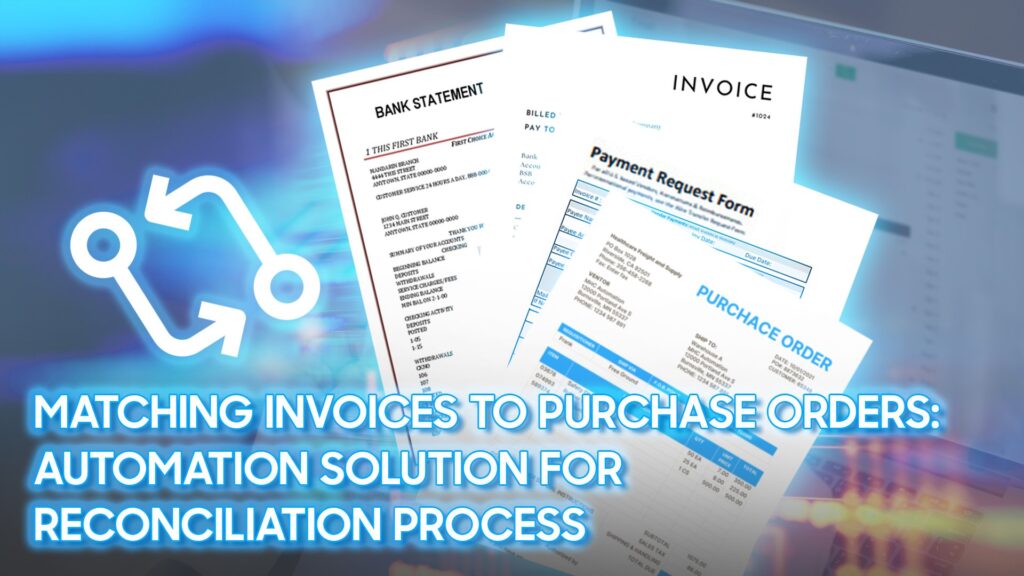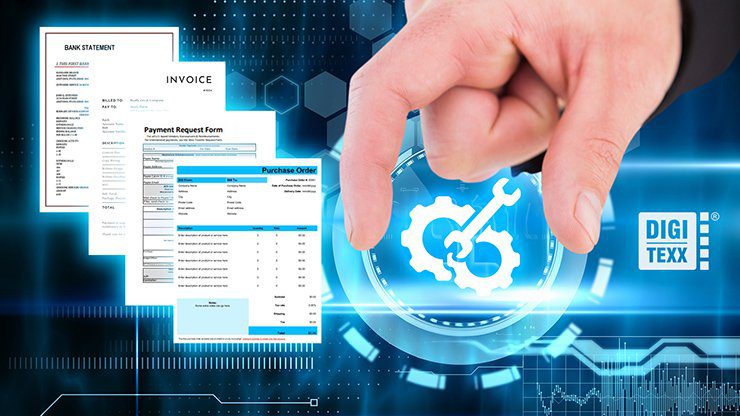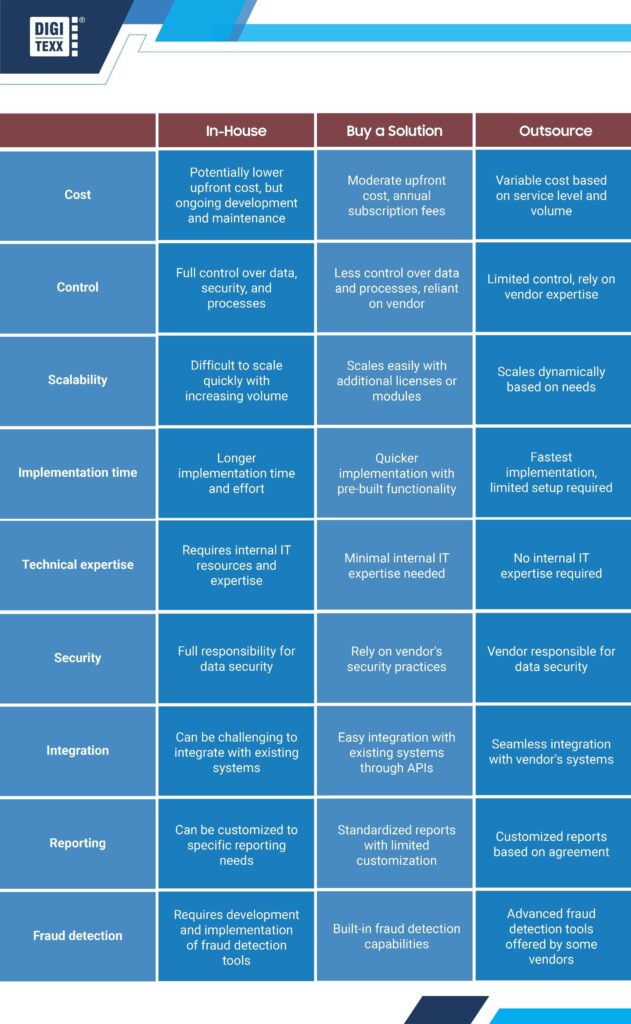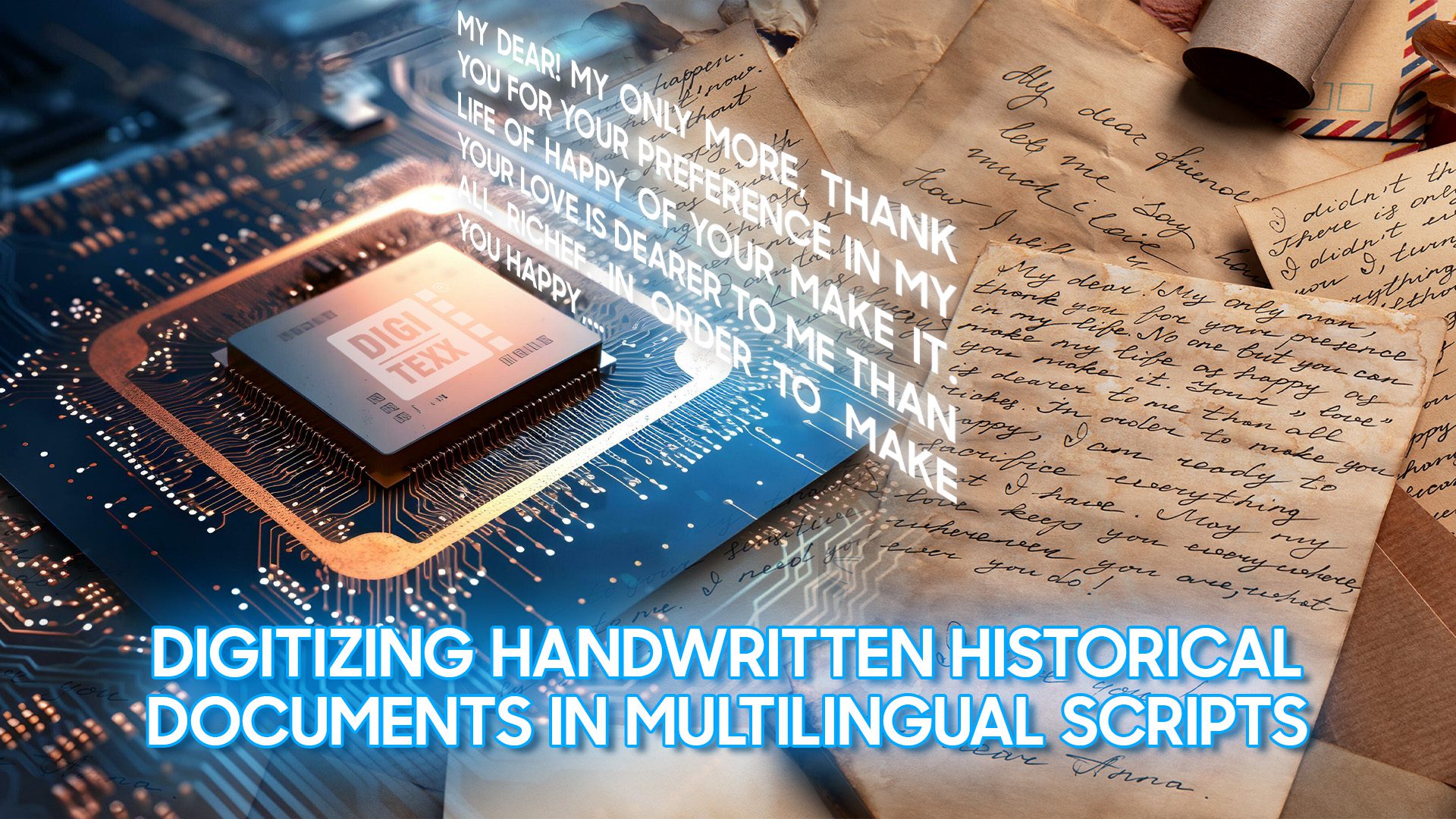In the dynamic world of business, accuracy, and efficiency hold paramount importance. One domain where these qualities are crucial is in the accounts payable (AP) department, specifically in the context of matching invoices to purchase orders (POs).
This seemingly simple task can become a time-consuming, complex, and error-prone bottleneck, especially for businesses with high invoice volumes.

What is Invoice Reconciliation?
Invoice reconciliation is a crucial accounting process that involves matching and verifying the information in invoices with supporting documents to ensure the accuracy and completeness of financial records. It’s like double-checking your accounts to make sure everything lines up.
Comparing Documents:
- Invoices: This is the main document, detailing the goods or services provided and the amount owed.
- Supporting Documents: These can include purchase orders, receiving reports, contracts, bank statements, payment records, and many more.
Matching Key Information:
- Information of the buyer and seller
- Invoice Number
- Quantity and Price: The quantity and price of the goods or services on the invoice should match the corresponding purchase order and receiving report.
- Product/Services Descriptions: The descriptions on all documents should be consistent to ensure the right items are being reconciled.
- Dates: The invoice date, delivery date, and payment due date should be aligned with other relevant documents.
- Total Amounts: The invoice amount should match the total amount paid or payable, as reflected in bank statements and payment records.
- Terms and Conditions: Review any terms and conditions outlined in both documents to ensure consistency.

The Manual Mess Of Invoice-PO Matching
Traditionally, invoice and purchase order matching is a manual process. Employees need to read carefully information from invoices and POs, comparing line items for quantity, price, and description. This tedious task is not only prone to human error but also:
- Consumes valuable employee time: Manual matching can tie up Account Payable staff, diverting them from other critical tasks.
- Delays vendor payments: Untimely invoice processing can lead to late payments and strained relationships with suppliers, business partners, or clients.
- Increases the risk of fraud: Manual processes lack the control and oversight needed to detect fraudulent invoices.

Apply Automation To The Reconciliation Process
Thankfully, the days of manual reconciliation are fading. Automation solutions have emerged as powerful tools to streamline this critical process, offering many benefits:
- Improved accuracy: Automation eliminates human errors, ensuring accurate matching of invoices to POs.
- Enhanced efficiency: Automated systems significantly reduce processing time, freeing up staff for other tasks.
- Faster vendor payments: Invoices are processed and approved quickly, leading to timely payments and improved supplier relationships.
- Reduced fraud risk: Automation tools can detect discrepancies and potential fraud attempts, safeguarding your business from financial losses.

Benefit From Invoice-PO Matching Automation
Invoice-PO matching automation benefits a wide range of industries, but some industries have particularly significant advantages due to the nature of their business:
High-volume industries:
- Manufacturing: With frequent purchase orders and invoices for materials and components, automation saves immense time and reduces errors.
- Retail: Processing invoices for large volumes of inventory purchases is streamlined and discrepancies are easily caught.
- Healthcare: Managing invoices for medical supplies and equipment becomes efficient and ensures accurate billing.
- Logistics & Transportation: Matching invoices for fuel, maintenance, and transportation services is simplified.
- Banking: Matching invoices for loan documentation and processing fees, investment management and trading fees, payment processing fees, insurance premiums for various banking activities, regulatory compliance fees, and licenses.
Industries with complex purchasing processes:
- Construction: Three and four-way matching verify invoices against POs, contracts, and delivery reports for accurate project cost tracking.
- Government & Public Services: Stringent compliance requirements are met with automated verification and audit-ready trails.
- Professional Services: Matching invoices for services rendered against project contracts ensures accurate client billing.
Industries with daily supplier transactions:
- Wholesale & Distribution: Streamlining invoice processing for diverse products from multiple suppliers improves efficiency and supplier relationships.
- Technology: Matching invoices for hardware, software licenses, and maintenance services saves time and reduces errors.
- Hospitality: Processing invoices for travel, hotel, food, beverage, and service suppliers becomes faster and more accurate.
Even within these industries, the specific benefits of automation will vary depending on the company size, invoice volume, and complexity of purchasing processes.
However, across the board, improved efficiency, accuracy, and fraud prevention make invoice-PO matching automation a valuable investment for many businesses.
How Does Invoice-PO Matching Automation Work?
Several automation solutions are available, each with its own features and functionalities. However, the core module remains the same:
- Data capture: Invoices and POs are captured electronically, either through scanning, electronic data interchange (EDI), mobile applications, or cloud-based platforms.
- Sorting: from attachment, mixed document then classify invoice only
- Data extraction: Key information like item descriptions, quantities, prices, and PO numbers is extracted from the documents.
- Matching algorithms: AI algorithms compare the extracted data from invoices and POs, identifying matches and highlighting discrepancies.
- Quality assurance: Exceptions, such as price variances or missing POs, are flagged for manual review and resolution.
- Reject and Approval workflow: Approved invoices are automatically routed for payment approval, expediting the payment process. Rejected invoices will trigger a notification requiring the re-submit of high-quality documents.

Beyond Two-Way Matching
While basic automation often focuses on two-way matching (comparing invoices to POs), advanced solutions offer even greater control and accuracy:
Three-way matching: This process adds a third layer of verification by comparing invoices and POs to receiving reports, ensuring goods or services were delivered as ordered.
An Example of Matching Points in three-way matching:
- Invoice vs. PO: Quantity, price, item descriptions, and PO number must match.
- Invoice vs. Goods Received Note (GRN): Quantity and item descriptions on the invoice must match the delivered goods confirmed on the GRN.
- PO vs. GRN: Quantity and item descriptions on the PO must match the delivered goods confirmed on the GRN.
Four-way matching: In some industries, such as construction, four-way matching adds contractual agreements to the verification process for added security.
An Example of Matching Points in four-way matching:
- All points from Three-Way Matching: Invoice, PO, and GRN must match as described above.
- Invoice vs. Contract: Quantities, types of windows, prices, and any specific installation details on the invoice must match the agreed-upon contract.
Both three-way and four-way matching are internal control procedures used in accounts payable departments to ensure the accuracy and validity of invoices before payment. They involve comparing information from multiple documents to verify that the goods or services ordered, received, and invoiced match.
Choosing the Right Automation Solution
With various automation options available, choosing the right solution for your business depends on several factors, such as:
- Invoice volume: The number of invoices you process per month will determine the level of automation needed.
- Industry requirements: Some industries have specific data security compliance, and service level agreement requirements that may influence your choice of solution.
- Budget: Automation solutions range in price and complexity, so it’s crucial to find one that fits your budget.
You should also consider outsourcing, purchasing a solution, or forming an in-house team to deliver the task of matching invoices to purchase orders. Here are some criteria to consider while choosing the best way to solve this math:




